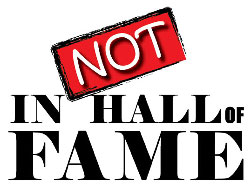Top 50 Washington Commanders
The WashingtonCommanders can be traced back to 1932, when they were originally the Boston Braves, a nickname that existed one year before they became the Boston Redskins. They relocated to Washington, keeping the Redskins name in 1937, and they won the NFL Championship in both 1937 and 1942 on the strength of Sammy Baugh.
They struggled throughout the 1950s and 1960s, slowly reascending in the 1970s, and winning two Super Bowls in the 1980s (XVII & XXII) and a third in the early 90s (XXVI) on the back of the Redskins Offensive Line, the famed "Hogs."
Prior to the 2020 season, societal pressure caused them to dismiss the Redskins nickname, and after two years as the Washington Football Team, they were rechristened the Washington Commanders
Note: Football lists are based on an amalgamation of tenure, traditional statistics, advanced statistics, playoff statistics, and post-season accolades.
This list is active up until the end of the 2023 Season.

